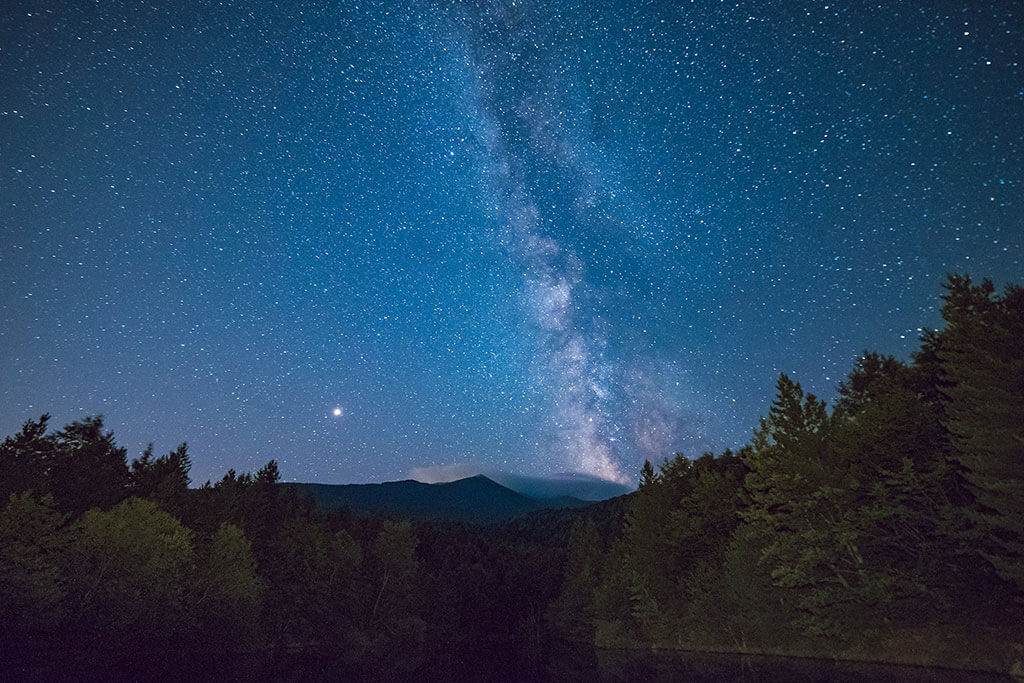
9
April
Northeast Astronomy Forum
Astronomy event and fair in New Jersey
http://www.rocklandastronomy.com/neaf.html

8
April
Canadian Space Society - Toronto: Yuri's Night 2016
Yuri’s Night is held April in commemoration of Yuri Gagarin becoming the first human to venture into space on April 12, 1961. Celebrate 55 years in space with the Toronto Chapter of the Canadian Space Society.

8
April
UofT Planetarium: The Birth and Death of Stars
Showtimes: 7:00pm, 8:00pm, and 9:00pm
The stars in the night sky seem unchanging and eternal, and have remained the same for the history of human civilization. However, over millions and billions of years, new stars are born, live out their long lives, and eventually die in a blaze of glory. In this show, we will be exploring the lives of stars by visiting stellar nurseries, supernova remnants and much more!
If you have questions please contact planetarium@universe.utoronto.ca

7
April
UofT AstroTour: Surfing Through Spacetime on Top of Gravitational Waves
Foreseen by Einstein almost a century ago, gravitational waves were for a long time the last prediction of his theory of general relativity left to be confirmed. Last September, LIGO directly observed these waves being emitted from the merging of two black holes 1.3 billion light-years away. Thus, we opened a new window into the workings of our universe. In this talk, Alex Rachkov will cover what these mysterious waves are, recount the long journey of their discovery and the significance they have for the future of astronomy.

7
April
RASC Hamilton: Hunting for Exoplanets
Astronomer Paul Mortfield will be joining the Hamilton Centre at the April meeting to discuss hunting for Exoplanets!
Who can attend: EveryoneFee: FreeReservations: Not required Organized by: RASC - Hamilton CentreLocation: Royal Canadian Legion – Branch 551, 79 Hamilton St. N., Waterdown, ON L0R 2H0

7
April
New Moon - 7:24am EDT
Moonless night allowing to see deep sky objects

5
April
AMNH Livestream: 2016 Isaac Asimov Memorial Debate: Is the Universe a Simulation?
What may have started as a science fiction speculation—that perhaps the universe as we know it is a computer simulation—has become a serious line of theoretical and experimental investigation among physicists, astrophysicists, and philosophers.
On April 5, watch live as host and moderator Neil deGrasse Tyson, Frederick P. Rose Director of the Hayden Planetarium, and a panel of experts hold a lively discussion about the merits and shortcomings of this provocative and revolutionary idea.
2016 Asimov Panelists:

4
April
Dark Sky Star Party (GO for Monday)
See the milky way and galaxies with the unaided eye. Point your telescope to find the many dim deep space objects that sprinkle the sky. Away from Toronto's light polution, there is so much to see. We observe from the Long Sault Conservation area, an hour outside of Toronto. We meet around dusk once a month in the parking lot for views only seen in dark sky conditions. We hold this event on the first clear night of our week-long window, so the date and time are determined closer to.

2
April
Solar Observing (NO GO)
Join us at the Ontario Science Centre for our monthly Solar Observing on the TELUSCAPE observing pad. This is the area in front of the Science Centre's entrance. We use specialized telescopes that are safe to aim at the Sun. Check our home page on the Friday prior for go/no-go calls as this event is weather dependent.

1
April
RASC Mississauga: Engineering Tiny Space Telescopes
Speaker: Cordell Grant, University of Toronto Space Flight Laboratory (UTIAS-SFL)

1
April
Global Astronomy Month
http://astronomerswithoutborders.org/global-astronomy-month-2016.html

31
March
UofT Planetarium: ASTRONOMY’S GOLDEN AGE: Planetarium Shows in Aid of Syrian Refugees
Showtimes: 7:00pm, 8:00pm, and 9:00pm
Centuries before Galileo observed the moons of Jupiter, scientists in the Middle East were building the first cameras and developing the physics of light. Without the benefit of modern technologies, they took some of the first steps in understanding the motions of the planets and in explaining the nature of the Universe.
